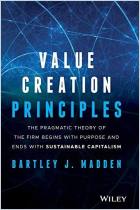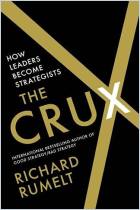Peter Thiel, co-founder of PayPal and Palantir and an early investor in Facebook, offers founders unconventional wisdom in his popular Stanford lecture on competition. Thiel’s hour-long discussion of business strategy and monopoly theory delivers powerful insights and guidance for founding profitable, durable businesses.
Instead of seeking to win through competition, founders of new companies should build monopolies.
American culture admires competitors and extols competition, but competition doesn’t serve businesses; instead, it drains their resources. As a case in point, the railroads that helped build America created enormous value, but most of them failed as a result of excessive competition. Monopolies result in more stability and more capital than competition does. Monopoly built on creative innovation reflects the value of the creation. The American tech industry has achieved huge financial success because it has produced many monopoly businesses, which have generated enormous amounts of cash.
A psychological attraction leads people to want to engage in competition: If many other people are doing something, that seems to validate doing it. And people can become involved in winning at competition for its own sake, losing sight of whether any real value is emerging from the effort. People should work to overcome their compulsion to imitate, and instead create something new and unique.
Business value arises from producing value that benefits society and capturing a portion...
Entrepreneur and venture capitalist Peter Thiel co-founded PayPal, Palantir Technologies, and Founders Fund, and was an early investor in Facebook.





















Comment on this summary